Unit 42 recently identified a targeted attack against an individual working for the Foreign Ministry of Uzbekistan in China. A spear-phishing email was sent to a diplomat of the Embassy of Uzbekistan who is likely based in Beijing, China. In this report, we’ll review how the actors attempted to exploit CVE-2012-0158 to install the NetTraveler Trojan.
On December 12, 2015, a spear-phishing email was sent to a diplomat of the Embassy of Uzbekistan. The body and subject of the email suggests that the email was spoofed to look like it was sent by the Russian Foreign Ministry and the attachment may contain an official annual report on CHS (Council of Heads of Member States), who form the SCO (Shanghai Cooperation Organization).
Filename: “2015.12.11_сроки СГГ 2015 в Уфе.doc.doc” (translated to: “2015.12.11_sroki CHS in 2015 Ufe.doc.doc”)
Body: “С уважением, ДАТС МИД России” (translated to: “Yours faithfully, ACSD Russian Foreign Ministry”)
It is interesting to note the reference of Ufa in the file name, as the city of Ufa in Russia hosted the SCO BRICS Summit on July 9 and 10, 2015. SCO and BRICS (Brazil, Russia, India, China and South Africa) are intergovernmental international organizations focused on issues of regional security and economic cooperation.
Figure 1 Leaders of member nations at the 2015 Summit in Ufa
TARGETING AND MALWARE ANALYSIS
Our analysis shows that actors attempted to exploit CVE-2012-0158 to install NetTraveler Trojan.
Figure 2 Email containing the malicious attachment
The malicious attachment “2015.12.11_сроки СГГ 2015 в Уфе.doc.doc” is a malicious document created by the MNKit toolkit and exploits CVE-2012-0158.
Upon successful exploitation, the attachment will install the trojan known as NetTraveler using a DLL side-loading attack technique. The NetTraveler trojan has been known to be used in targeted cyber espionage attacks for more than a decade by nation state threat actors and continues to be used to target its victims and exfiltrate data.
The DLL side-loading attack technique has been gaining adoption within the cyber espionage realm by threat actors to bypass traditional security systems. Unit 42 also published a blog last year discussing an unrelated attack where the DLL side-loading technique was used.
Figure 3 illustrates the exploitation and the infection flow of the malware.
Figure 3 Overview of the infection flow
The document “2015.12.11_сроки СГГ 2015 в Уфе.doc.doc” exploits CVE-2012-0158 to drop a decoy file “~$.doc” and the actual payload “DW20.exe”. The decoy is a blank document with the meta data stripped.
The payload (DW20.exe) is a self-extracting (SFX) RAR archive that contains the following files:
RasTls.exe
rastls.dll
Sycmentec.config
Figure 4 The payload(DW20.exe) is a SFX RAR archive
The SFX RAR uses the following configuration to launch the embedded executable, which is a legitimate application created by Symantec that will side load the rastls.dll DLL:
Setup=RasTls.exe
TempMode
Silent=1
Overwrite=1
The figure below shows that the config file, ‘Sycmentec.config’ is encrypted.
The ‘Sycmentec.config’ file can be decrypted using a single byte XOR algorithm using ‘0x77’ as a key.
Figure 5 Encrypted ‘Sycmentec.config’file
The ‘rastls.dll’ DLL will load and decrypt this file. The decrypted data starts with shellcode that is responsible for loading an embedded DLL and executing it.
Figure 6 shows the decrypted ‘Sycmentec.config’file containing an embedded DLL.
Figure 6 Decrypted ‘Sycmentec.config’ file contains an embedded DLL
The embedded DLL is the functional payload, which is a variant of the NetTraveler Trojan that has the following attributes:
| Size | 52736 bytes |
| Type | PE32 executable (DLL) (GUI) Intel 80386, for MS Windows |
| Architecture | 32 Bits binary |
| MD5 | 3e3df4fe831d87d7f52f14933e464fc3 |
| SHA1 | cce65a0b67674a313091a947506ceb91d30605ad |
| SHA256 | 3b4e4d7a0b1185a45968d90ffe6346f4621116d14dbf88b5138040acc022c757 |
| ssdeep | 1536:jxKW1S8mWKFU7U9lYjhjXwVqTvS/G405:wCBmUw9lAhLWqW/G40 |
| imphash | 85ce31f87f06b02fec915d33d82958e8 |
| Date | 0x564B2B07 [Tue Nov 17 13:26:31 2015 UTC] |
| CRC:(Claimed) | 0x0, (Actual): 0x19be0 [SUSPICIOUS] |
| Packers | Armadillo v1.xx - v2.xx |
| Entry Point | 0x1000970b .text 1/5 |
Table 1 Attributes of the embedded DLL (NetTraveler)
The first execution of this NetTraveler Trojan starts off with an installation process. Like previous versions, this NetTraveler sample writes its configuration to a file, in this case the configuration is written to a file named "config.dat".
Figure 7 NetTraveler writes the configuration to ‘config.dat’ file
During execution, NetTraveler creates a mutex of ‘YOYWOW!657’, as shown in Figure 8 below to avoid running multiple instances of its code.
Figure 8 Mutex created for this NetTraveler payload
The code then enumerates the 'netsvcs' services, which are services that run within the process space of svchost.exe, specifically ignoring services named ‘6to4’ and ‘Ias’ as these services have been used by other malware families.
When it finds another netsvcs service with a name not matching these two names, it will delete the file associated with the service and copy the ‘rastls.dll’ file to that folder using ‘<service name>ve.dll’ as the filename as shown in Figure 9 below.
Figure 9 Code enumerating ‘netsvcs’ services
Figure 10 Renamed ‘rastls.dll’ DLL
The malware will then change the binary path of the service to point to this new filename and copies the "Sycmentec.config" file to the same folder and the ‘config.dat’ file to the following location:
c:\windows\system\CERTAPL.DLL
The NetTraveler payload relies on the ‘rastls.dll’ file to obtain its C2 server. At first glance, the NetTraveler payload appears as if it will use the following URL for its C2 server:
http://192.168.3[.]201/downloader2013/asp/downloader.asp
However, the NetTraveler payload reads the last ‘0xb0’ bytes from the rastls.dll file and uses it to create the "config.dat" file that is later saved to "CERTAPL.DLL". This technique hides the true C2 server from researchers that do not have access to both the rastls.dll and Sycmentec.config files.
Figure 11 Code snippet showing NetTraveler obtaining its configuration from rastls.dll.
The configuration file is structured as an ".ini" file as the Trojan uses GetPrivateProfileStringA to parse the contents. The configuration file has the following contents:
|
1 2 3 4 5 6 7 |
[OOOOOO] U00P=r^?<80>}H>?<88><89><8A>B<8B><85>|<86><87><89><91><8B><90><92><88>N<84><91><90>S<94><96><9B><8C><8E><9E>Z<95><9B><92><94><A8>_<93><A6><A4> K00P=XLMNOPQRSTUVWXYZ[\]^_`abcdefghiv P00D=5 F00G=True MM1=0 MM6=1 |
Unit 42 analyzed the sample and found the following configuration fields that could appear in the CERTAPL.DLL configuration file and a brief description of each field:
|
1 2 3 4 5 6 7 8 9 |
U00P = C2 URL K00P = Key for DES P00D = Sleep interval in minutes F00G = Boolean to determine if sample should use proxy to communicate with C2 server MM1 = 0 or 1 if proxy is configured or not. MM3 = Port for configured proxy MM4 = Username for configured proxy MM5 = Password for configured proxy MM6 = 1 if Trojan is installed correctly |
The "U00P" and "K00P" values are decrypted using a simple algorithm that subtracts the index and then subtracts ten from each character, which is depicted in the following:
|
1 2 3 4 5 6 7 |
def subtraction_algo(ct): out = "" i = 0 for e in ct: out += chr(ord(e)-i-10) i += 1 return out |
These two fields decrypt to the following, the U00P value being the C2 URL and the K00P value being the basis for an encryption key for the DES algorithm:
U00P: http://www.voennovosti.com/optdet/index.asp (decrypted)
K00P: NAAAAAAAAAAAAAAAAAAAAAAAAAAAAAAM (decrypted)
The C2 server will respond to requests issued by the Trojan with commands to carry out activities on the compromised system. We analyzed the code within NetTraveler that handles commands issued by the C2 server and found four available commands that are listed in Table 2.
| Command | Description |
| <Unique System ID>:UNINSTALL | Deletes %APPDATA%\cert2013.dat and %STARTUP%\consent.lnk and exits the process. This attempts to uninstall the Trojan, but will not work as the filenames are not used by this version of NetTraveler |
| <Unique System ID>:RUN_REBOOT | Reboots the system |
| <Unique System ID>:RUN_STARTUP | Downloads a file to %TEMP%\Temp.bmp and copies it to the startup folder |
| <Unique System ID>:RUN_DIRECT | Download a file to %TEMP%\tmp.bmp and execute it |
Table 2 Commands available within NetTraveler and a description of their functionality
INFRASTRUCTURE
At the time of analysis, the domain voennovosti[.]com was resolving to IP ‘98.126.38[.]107’, which is hosted by Krypt Technologies. A report published by Kaspersky Labs in 2011 on NetTraveler also mentions the C2 servers were being hosted by Krypt Technolgies. This web hosting service provider continues to be the hosting provider of choice for the threat actors behind NetTraveler.
Figure 12 DNS query for voennovosti[.]com resolves to ‘98.126.38.107’
Figure 13 Encoded network communications
CONCLUSION
NetTraveler has been used to target diplomats, embassies and government institutions for over a decade, and remains the tool of choice by the adversaries behind these cyber espionage campaigns. The use of NetTraveler for such a long period of time shows its effectiveness and success by the adversaries in targeting their victims with impunity.
As seen in this case, the threat actors continue to evolve and employ new techniques within their modus operandi, like ‘DLL side-loading’ to install malware. It is likely that the use of ‘DLL side loading’ attack technique will increase due to it’s effectiveness to bypass traditional security systems.
It is essential to raise awareness on such attacks to better protect organizations from adversaries who maybe backed by nation states.
WildFire correctly classifies NetTraveler as malicious. AutoFocus tags are created to identify NetTraveler samples and respective IOCs are added to Palo Alto Networks Threat Prevention.
INDICATORS
| SHA256 Hash | File Name |
| 3f4fcde99775b83bc88d30ca99f5c70c1dd8b96d970dbfd5a846b46c6ea3e534 | 2015.12.11_сроки СГГ 2015 в Уфе.doc.doc |
| 001fff6c09497f56532e83e998aaa80690a668883b6655129d408dd098bd1b4b | DW20.exe |
| 74db11900499aa74be9e62d51889e7611eb8161cd141b9379e05eeca9d7175c9 | rastls.dll |
| 8f6af103bf7e3201045ce6c2af41f7a17ef671f33f297d36d2aab8640d00b0f0 | Sycmentec.config |
| 495bb9c680f114b255f92448e784563e4fd34ad19cf616cc537bec6245931b7e | config.dat |
| 41650cb6b4ae9f06c92628208d024845026c19af1ab3916c99c80c6457bd4fa9 | CERTAPL.DLL |
| 3b4e4d7a0b1185a45968d90ffe6346f4621116d14dbf88b5138040acc022c757 | (NetTraveler DLL payload) |
Command and Control
voennovosti[.]com
98.126.38[.]107
REFERENCES
- https://securelist.com/blog/research/35936/nettraveler-is-running-red-star-apt-attacks-compromise-high-profile-victims/
- https://www.fireeye.com/blog/threat-research/2014/04/dll-side-loading-another-blind-spot-for-anti-virus.html
- http://blog.paloaltonetworks.com/2015/05/plugx-uses-legitimate-samsung-application-for-dll-side-loading/
- http://indianexpress.com/article/business/business-others/10-years-on-sco-decides-to-induct-india-as-full-member/
- https://en.wikipedia.org/wiki/Shanghai_Cooperation_Organisation
- http://ufa2015.com/


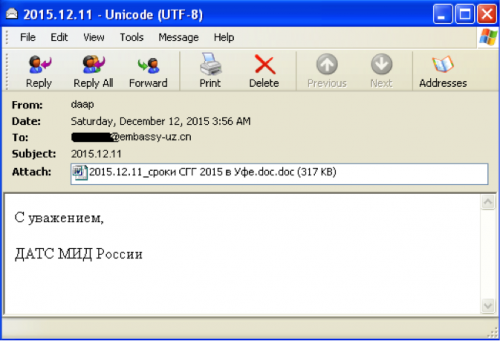

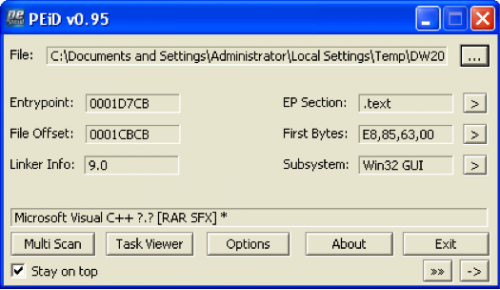
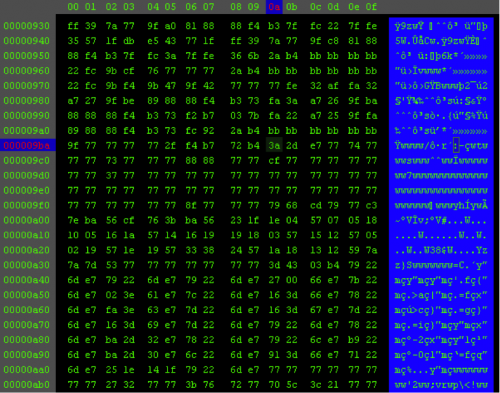
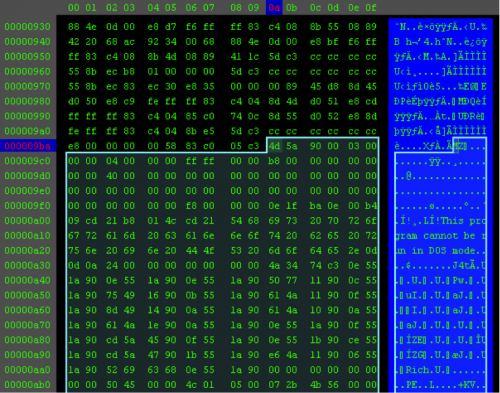
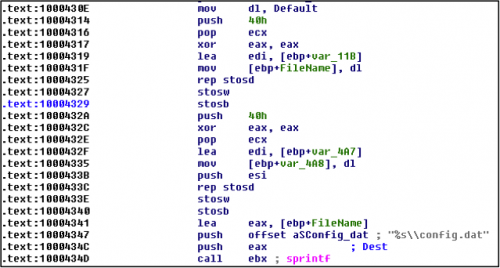

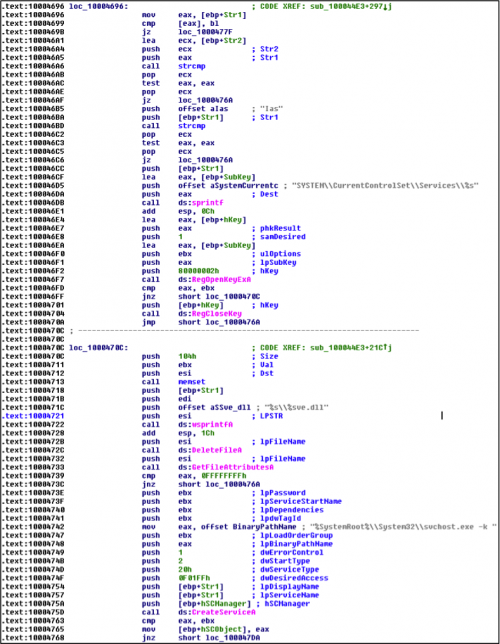
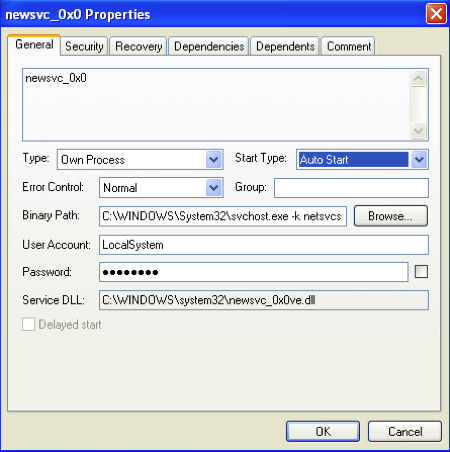
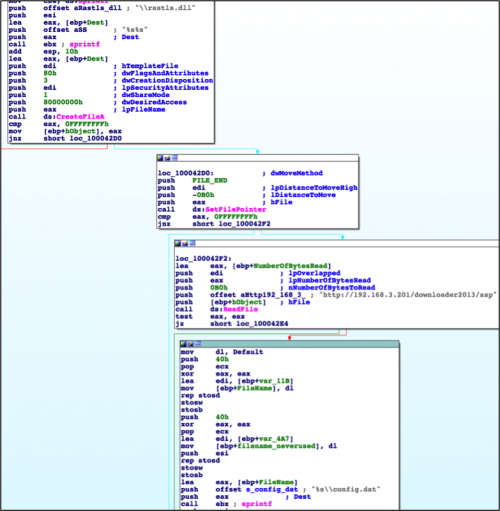
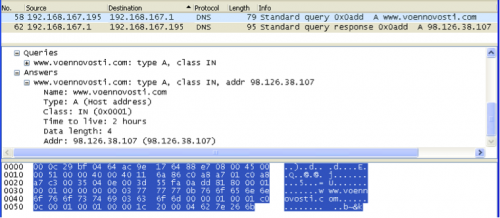
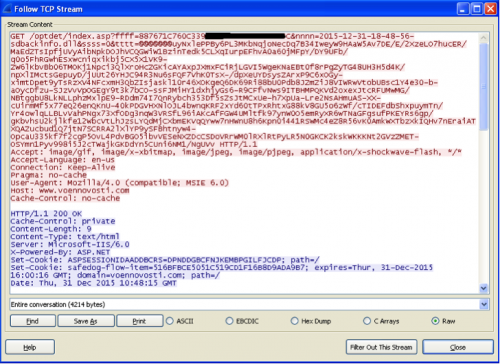










 Get updates from Unit 42
Get updates from Unit 42